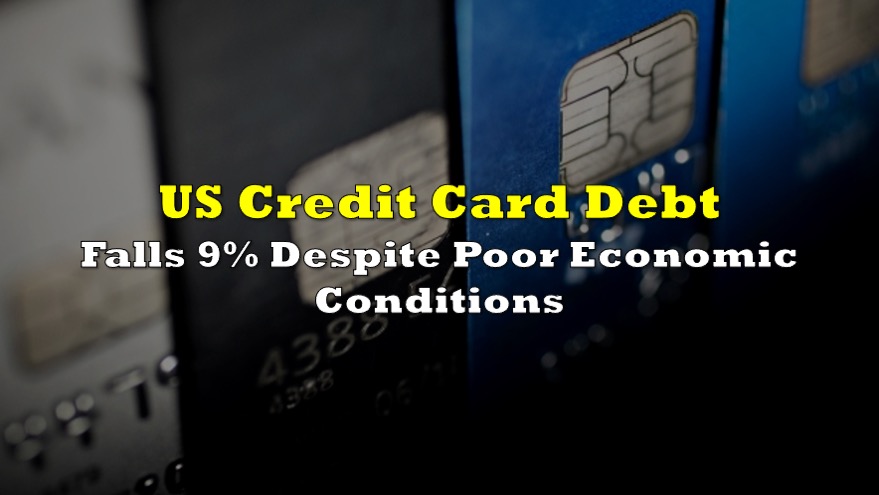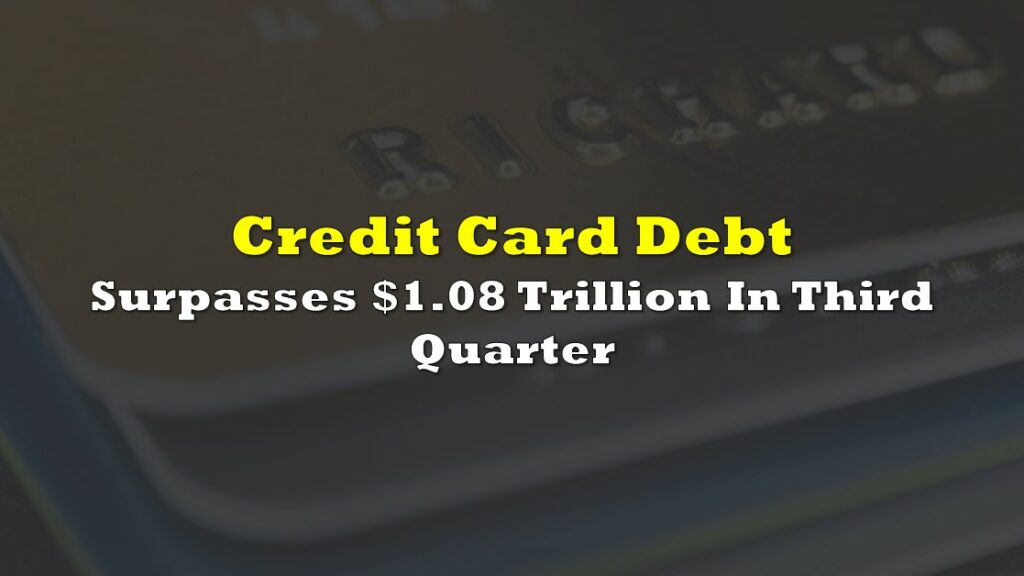US credit card defaults have surged to levels not recorded since the 2008 financial crisis, with lenders writing off $46 billion in bad debt during the first nine months of 2024.
The write-offs, tracked by BankRegData, represent a 50% jump from the previous year, highlighting growing strains on American consumers who collectively owe $170 billion in credit card interest payments.
BREAKING: US credit card defaults jumped to $46 billion in the first 9 months of 2024, the highest since 2010.
— The Kobeissi Letter (@KobeissiLetter) December 30, 2024
Credit card defaults are now up over 50% year-over-year.
Defaults of seriously delinquent credit card loan balances have more than doubled over the last 2 years.… pic.twitter.com/xHiHGuRDV0
“The bottom third of US consumers are tapped out,” Moody’s Analytics Chief Economist Mark Zandi told Forbes. “Their savings rate right now is zero.”
Major credit issuers are reporting increased delinquency rates. Capital One (NYSE: COF) disclosed that its total loan write-offs reached 6.1% in November, climbing from 5.2% year-over-year.
The Federal Reserve’s recent forecast of higher inflation in 2025, coupled with fewer anticipated rate cuts, suggests borrowers may face prolonged pressure from high interest rates.
Economists warn that rising defaults could trigger broader economic consequences, as consumer spending drives nearly 70% of US gross domestic product. The trend reflects decades of wage stagnation for middle and lower-income households, forcing many to rely on revolving credit for essential expenses.

Recent Federal Reserve data shows consumer loan volumes reaching historic highs, particularly affecting households below the 75th income percentile, where wage growth has failed to match inflation rates.
Mounting defaults threaten to undermine consumer spending, prompting businesses to cut jobs and operational costs in a potential cycle of economic contraction.
Information for this story was found via the sources and companies mentioned. The author has no securities or affiliations related to the organizations discussed. Not a recommendation to buy or sell. Always do additional research and consult a professional before purchasing a security. The author holds no licenses.









